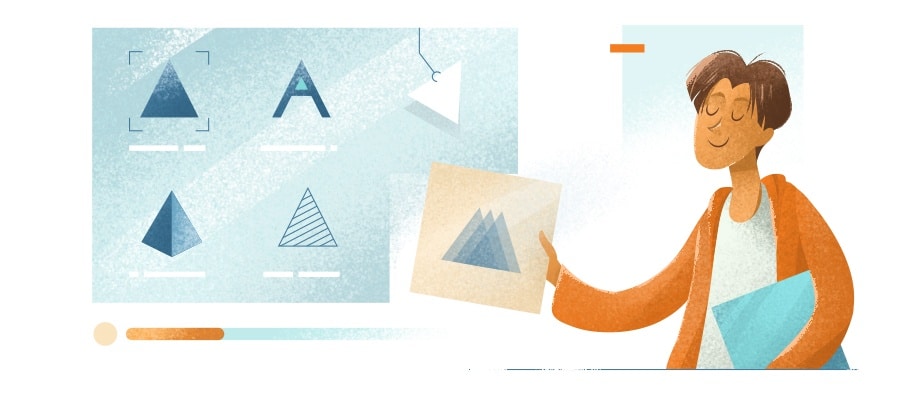Types of Animated Video and How they are Made

There are many types of animated video, and each is different in the way it is made. Below, we give a definition of the types of the different types of animation and how they are made. We also include an example of each type of animation.
1. Screencast
This is done by using some sort of screen recording program to record a device’s screen, then talking through and demonstrating the process exactly as it would be on the viewer’s computer screen.
2. 2.5D animation
This is done by using 2D motion graphics on a 3D plane and inserting psychical footage throughout this. This creates an optical illusion that makes some points of the video look as though they are in 3D, although the motion graphics are still in 2D.
3.Whiteboard
This is the process of drawing a creative story on a whiteboard or something that looks like a whiteboard, while the animator records himself and uses the footage of him drawing in the animation itself.
4. Kinetic Typography
Kinetic typography is just a technical name for moving text. This technique involves animating text and making smooth transitions between words. Some animators take this a step further and include the meaning of the words in their animation, by creatively visualising the word. For example, the word nature could be green and have vines growing out of it.
5. 2D character animation
2D character animation is designing characters and worlds that move in a 2D plane through the use of bitmap and vector graphics to create animated images using programs like Adobe After Effects, Flash or Adobe Photoshop. The characters are limited to moving up, down, left and right. 2D animation can be done the old-fashioned way by drawing every single frame, but there are more modern and efficient ways to make animations on computers that have a slightly different look and feel.
6. Stop motion
Objects are moved very slightly in between each photograph that is taken when all the photographs are played in sequence at a high speed (the speed is known as frame rate). This gives the illusion of smooth movement; the higher the frame rate the smoother the motion.
7. 3D animation
Generating three dimensional images in a digital environment and playing these images at a rate of 24 images per second to create the illusion of movement. Three dimensional images have depth which doesn’t exist in 2D animation. This depth allows the 3D animation to appear a lot more realistic and can even be used to simulate real life scenarios and situations.
8. 2D Motion graphics
2D motion graphics is the same as character animation but instead of having a character-based story there is no “world” constructed for the characters. It has less of a human aspect, but instead uses images, logos, themes and ideas to convey complex concepts and visualise ideas.
7GMedia – leading digital marketing agency in Dubai and the best video production company provides in-house animated video services.
Check out our in-house animated video services here: Video Animation Services in Dubai







